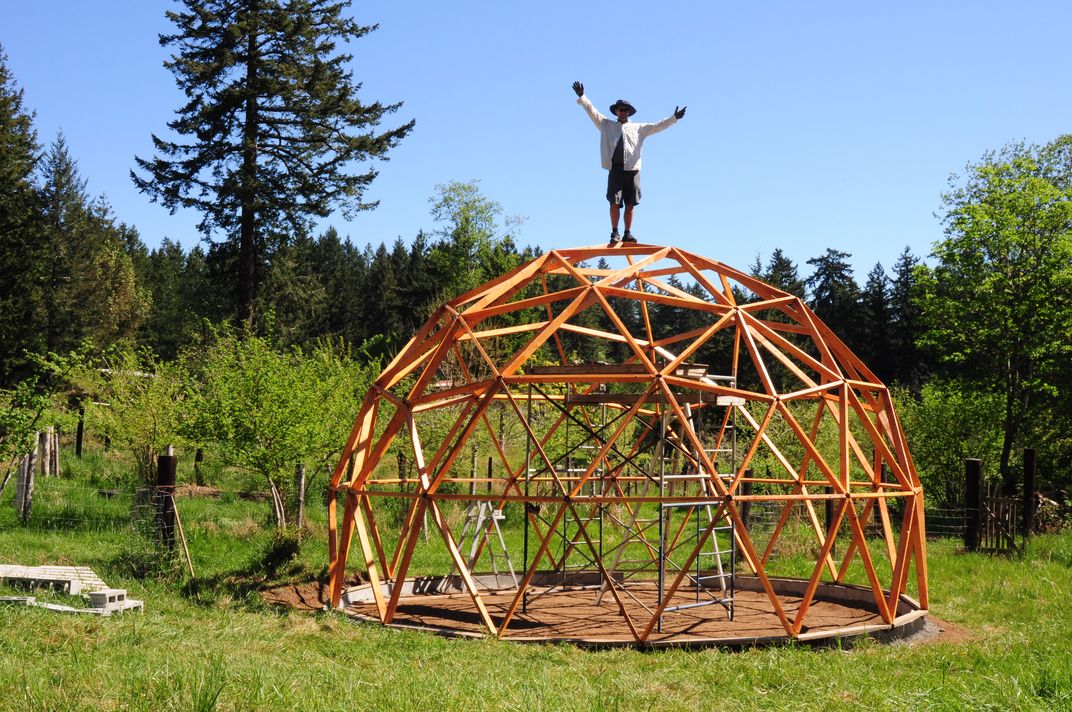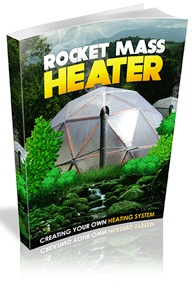Grow All Summer Long In Your Geodesic Greenhouse
Its not just for winter, not just for spring and fall! You can grow amazing fruits and veggies in the summer too! Think herbs, tomatoes and melons!
Even though herbs love heat, don’t let your geodesic greenhouse get too hot. At the end of the day more plants suffer due to overheating than from cold. So the key here is venting and shading. Make sure you have an automatic vent opener. These are a wax filled piston that expands and opens your vent at a set temperature. No electricity needed!
Remember a pleasant summer day outside can be uncomfortably hot in your greenhouse, but with a little preparation you can protect your plants. Shade and ventilation may be all you need if your greenhouse covering provides diffused light. Some plants due well in indirect light, so plan your indoor gardening accordingly. You can attach a shade cloth to the top of your greenhouse as an easy way to shelter plants from the hottest sun exposure.
Instead of the traditional black shade cloth, try one called Aluminet. This high tech shade cloth reflects light and does not absorb the heat like black clothes. Proper ventilation will also help cool your summer greenhouse. Adding base vents, solar openers or even a screen door will increase air circulation bringing in cooler air and keeping plants happier. You can also experiment with solar chimneys (black tubes that head up and suck air up an dout). You may also consider an investment in a thermostatically controlled fan.
Track Your Biodome Temperatures
A simple min/max thermometer will help you track the high and low temperatures to determine if you need more extensive cooling. Once your greenhouse temperature is stable but not (not more than 100F during the hottest part of the day) it’s time to start growing!
Melons in the Geodesic Greenhouse
In northern climates like Western Canada where I live in order to grow lemons (like my dad does all year round!), amazing tomatoes and even watermelon one has to use a greenhouse. Preferably a geodesic dome type as they offer so many advantages over standard style greenhouses.
The Nitty Gritty of Greenhouse Grown Melons
Start your seeds between mid April and end of May (its not too late!), sow directly into small pots using standard potting compost. Once the seedlings have two true leaves, plant them into a well prepared ground with lots of organic matter in the soil. (Composted grass clippings and straw with a manure or compost tea is great!)
Create some support for the vines, use string tied to the supports across the greenhouse and secured in the ground with a peg next to the base of the melon. As the melons start to grow tie up the strongest shoot to the support and pinch out the side shoots. Once the stem has reached the top of the support string pinch out the leading shoot. This makes the vine concentrate on the formation of fruit.
Watering
Watering holds the key to successful melon growing. The best way to water is with a drip irrigation system. Make sure you water so that the plant never gets wet. Because, over watering can cause the fruit to split so try to keep the soil constantly moist but not wet.
Have fun and remember herbs, tomatoes and melons love heat, so keep building there is a crop fore very season when you have your very own geodesic greenhouse.










